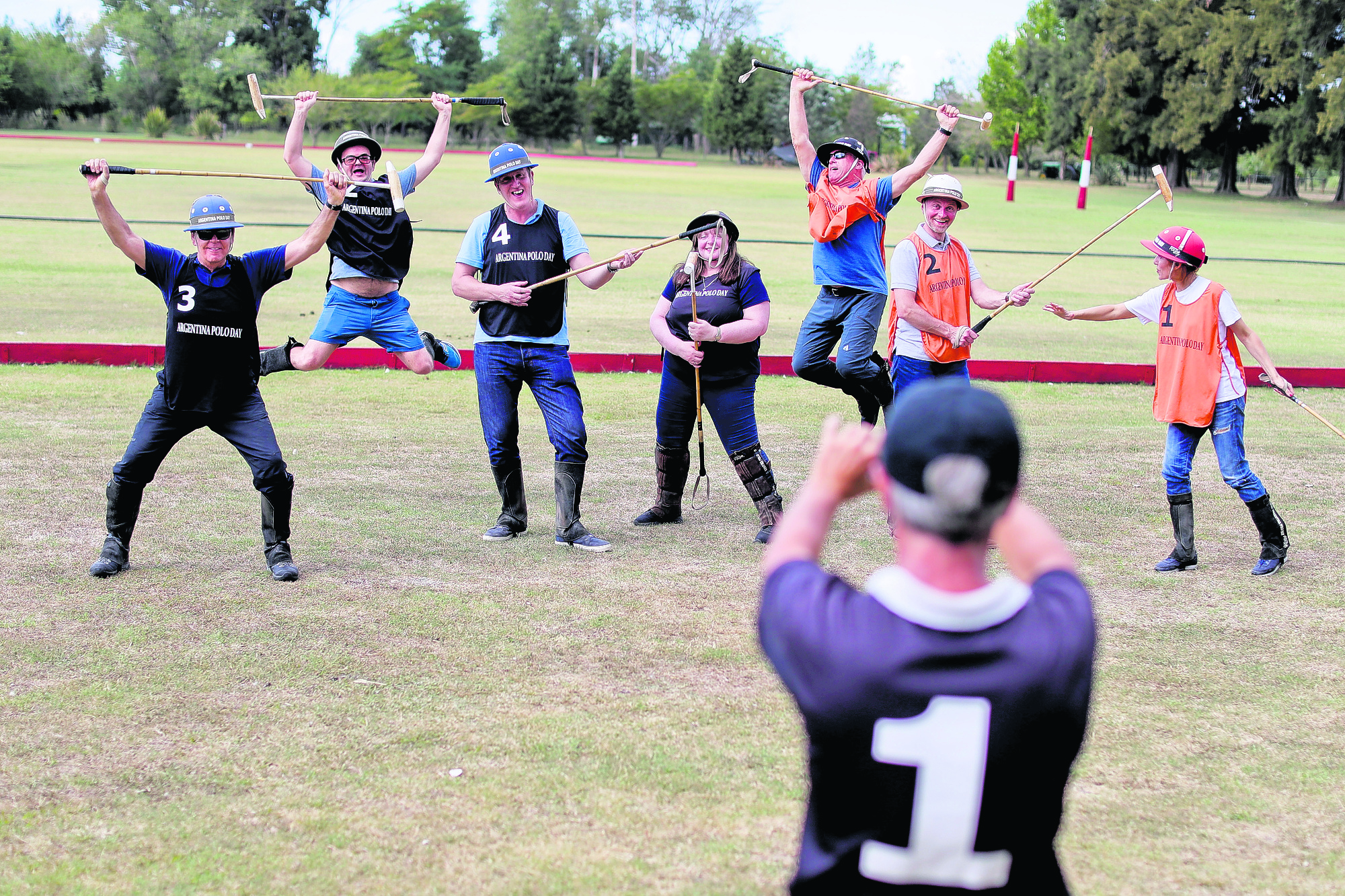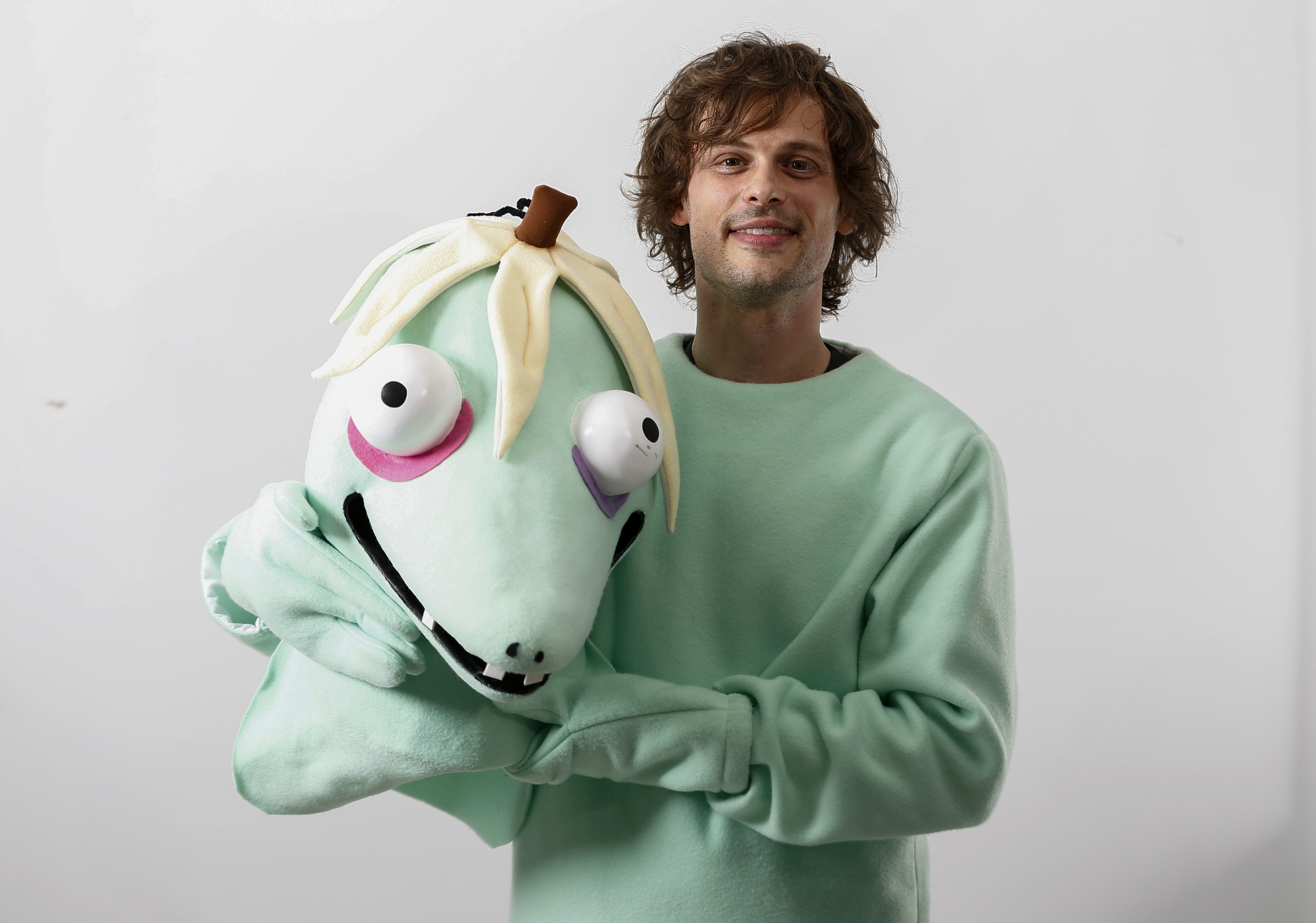
Riding a polo horse on Argentina’s Pampas grasslands, Martin Folan swings a mallet in a wide arc and hits the ball with a loud clink, slotting it between two posts to cheers of “Goal!”
Not bad for his first time on a horse.
Polo has traditionally been an exclusive, glamorous sport reserved for the rich elite. But in Argentina, home to the world’s top polo players, tourists can ride horses, learn from the pros how to hit the high-impact plastic ball and even play a match on a real field for less than $200 a day.
‘It was my first time on a horse and they’re quite intimidating honestly for a man standing on the ground. But it was fabulous to be trotting around,” Folan said as he gripped the reins atop his horse.
“I never thought I would have done this at the beginning of the day,” the Londoner added.
Polo is believed to be one of the oldest team sports, dating as far back as 600 B.C. in Persia. It then spread throughout Asia and later reached Britain through India. But Argentina, with its wide plains and its rich culture of horseback riding among the Argentine cowboys known as gauchos, has gone on to dominate professional polo globally.
“Polo is played in the countryside a lot and in a much more informal way,” said Juan Pablo Alessandrini, spokesman for Argentina’s Polo Association. “Kids start riding horses at a very early age and they get to know polo. That’s a huge advantage over other countries.”
There are about 3,000 registered polo players nationwide, and many more informal ones. The Argentine Polo Open Championship held annually in the Palermo neighborhood of Buenos Aires usually sells out the 14,000 seats at the stadium that is revered by many players as the cathedral of world polo.
The tourist-oriented Argentina Polo Day is based at La Carona Club about an hour’s drive north of the country’s capital. Its founder, Ruben Jabib, said the idea came to him when he owned a restaurant just blocks from the Palermo polo grounds in Buenos Aires and he would often meet tourists interested in the sport.
He used two outdoor fields and built an indoor field so tourists with no previous experience can play year-round under all weather conditions. The polo day package also includes transportation, wine and a traditional Argentine barbeque.
Other clubs offer similar polo day services, but for the most part, the “sport of kings” is often played by the super-wealthy at upscale villas and resorts.
“What we did was to make polo informal,” Jabib said. “Before this, people needed a groom, a horse and stables. Here, I provide them with everything — helmets, boots, horses — and they’re ready to play.”
On a recent day, French polo instructor Stephane Buton was teaching a group from Britain, Russia, Iceland and United States how to hit the ball with the mallet. Nearby, a group of ponies neighed and splashed in a pond, cooling off after a game.
“Is this different for the English because they drive their horses on the left,” Jon MacLeod, 74, from Seattle, Washington, joked, causing the group to break into laughter.
His brother-in law, Jed Hulsey, 62, from Newport Beach, California, swung the mallet like a pendulum with a whoosh.
“I play golf and I play tennis and I like to swing rackets. I think this is kind of similar in a way,” Hulsey said. “Though (adding) riding a horse to the equation makes it a little bit different, more fun.”
The sport is sometimes referred to as field hockey on horseback. But Nacho Figueras, the Argentine polo star, says it’s more like playing golf during an earthquake.
During the lesson, Buton explained that a game usually consists of six 7-minute periods called chukkas. The tourists took turns ringing a bell signaling the end of a chukka while they watched club players battle it out at a breathtaking pace in a practice game.
“It’s very strange because I always thought that polo was for the very rich, the aristocrats,” said Alina Gorlino from St. Petersburg, Russia. “I thought even to come to Argentina, it would be impossible to see polo because you’d have to be a member of a club. So for me, it’s very pleasant to be able to see it, and it’s another pleasure to be able to play.”
During lunch, Jabib, the club owner, joked that his club is so informal that while British polo clubs might own pedigreed Russell terriers, he takes pride in a pack of friendly mutts who wait beneath the table for tourists to throw them a bone.
“If you want to learn polo, you have to come to Argentina. It’s much more accessible, it’s much more grass-roots polo,” said James Margetson, 22, from London, who came to the club on a six-month internship. He helps take care of horses in exchange for polo lessons.
“The problem with polo in England is that it can be very niche. It can be very hard to get into the right clubs, and it’s very expensive,” he said. “In Argentina, you can be a cowboy, with four, five horses and rock up and play a polo game.”
After lunch, the group put on knee pads and head protection and got ready to saddle a horse.
The game is slow at first but it picks up speed. Despite their novice status, Folan and fellow Englishman James Cannan scored two goals each.
“I was a bit nervous at first but it ended up being really exciting!” Cannan said beaming after the game.q















